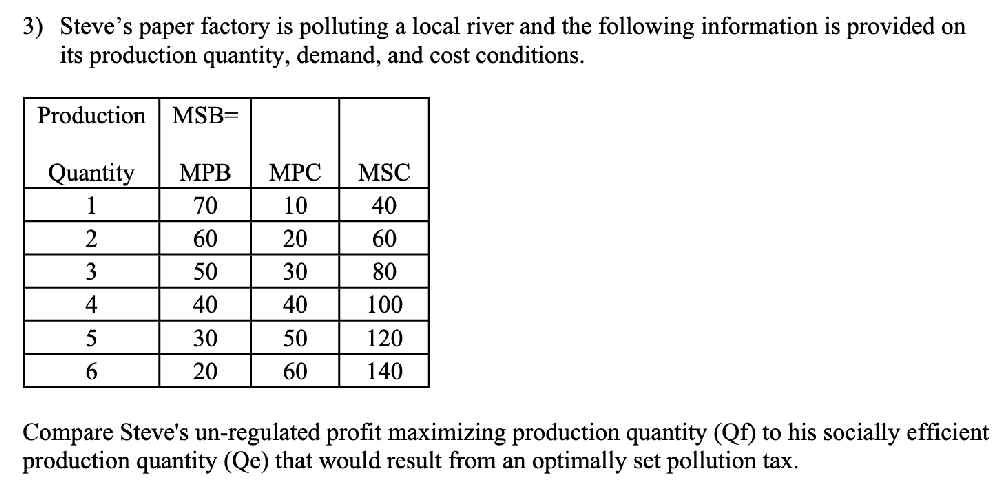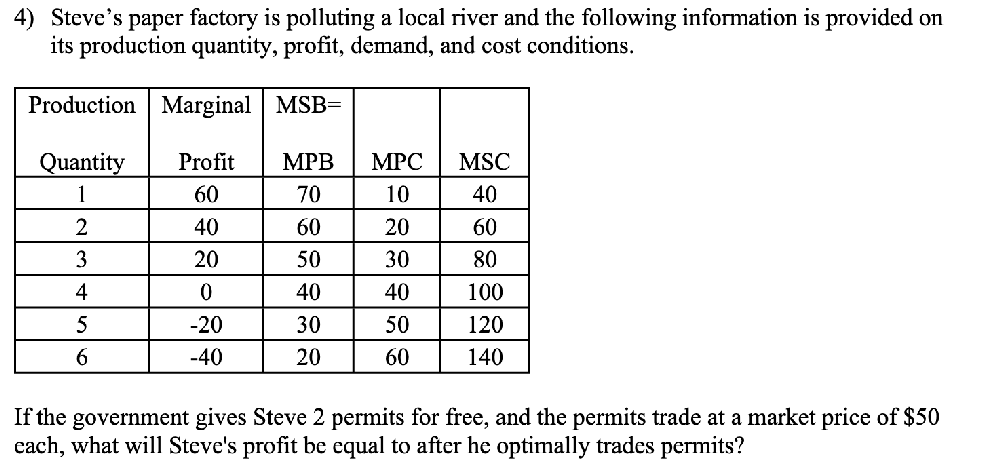G202 Quiz 3 Review
{"name":"G202 Quiz 3 Review", "url":"https://www.quiz-maker.com/QPREVIEW","txt":"Test your knowledge on corporate social responsibility and the tactics used by NGOs to influence big brands like Starbucks and Levi's. This quiz focuses on key case studies and the impact of social movements on business practices.Learn about strategic targets in fair trade campaignsExplore lessons learned from Starbucks' engagement with NGOsAssess the implications of investing in sustainability initiatives","img":"https:/images/course3.png"}
More Quizzes
How does a CSR program affect a company’s value?
24120
Ethics
630
BAB 7 SAINS TINGKATAN 1 UDARA
10510
Visagino tautinių bendruomenių egzaminas
1260
Yu-Gi-Oh Deck Builder - Which Type Are You?
201017701
7 Stages of Scorpio - Which Stage Are You?
201017565
Gary the Dreamer Reading Comprehension - Free
201017701
Which Element Are You? Discover Your Inner Power
201016632
French Vocabulary for Beginners - Free
201018426
Katie Cassidy Ruby - Supernatural Fan Trivia
201021203
ICD-10-CM 20 - 21: External Causes & Reasons for Encounter
201018200
Which MLP Character Are You? Free Reveals Your Pony!
201018985


